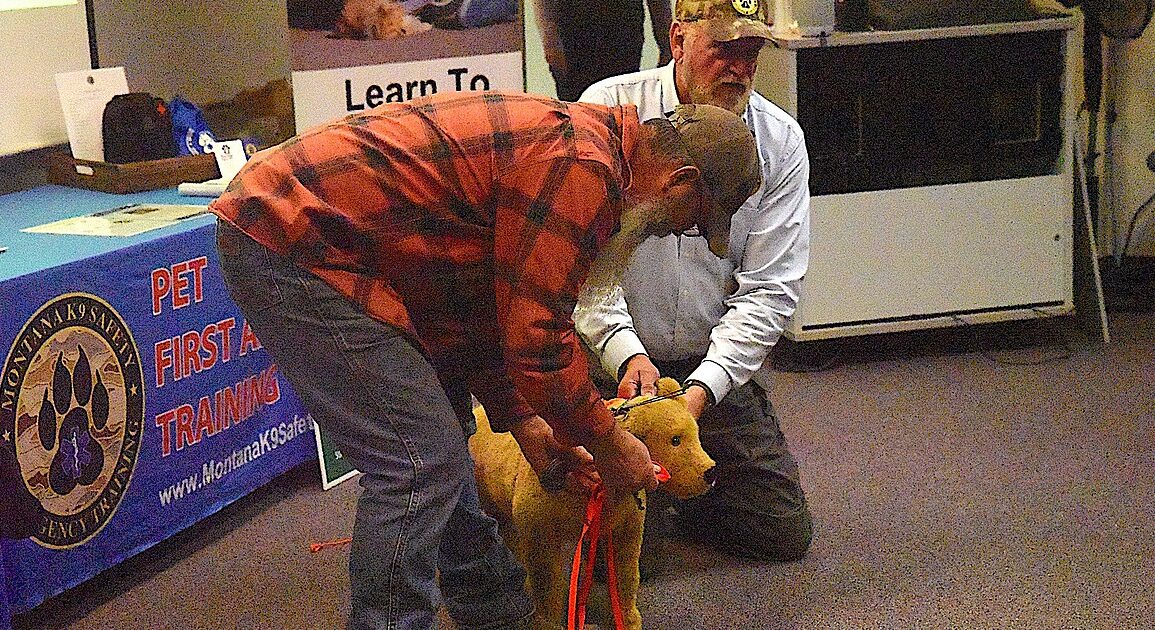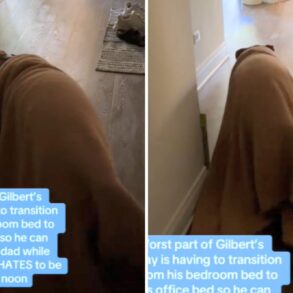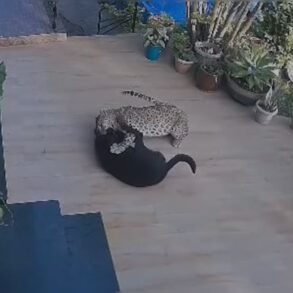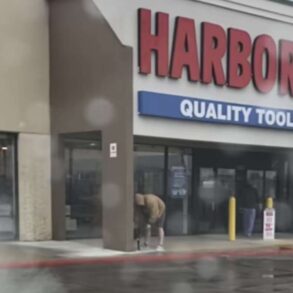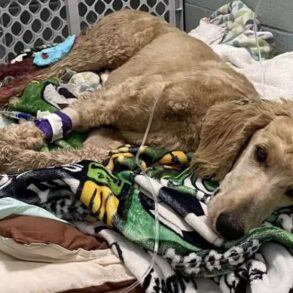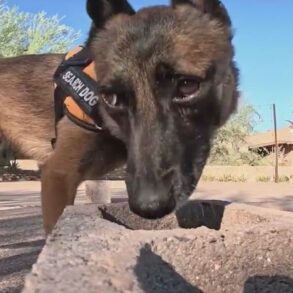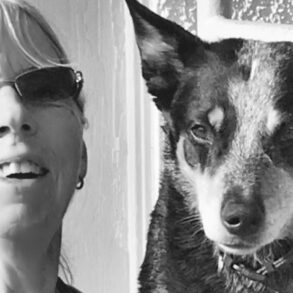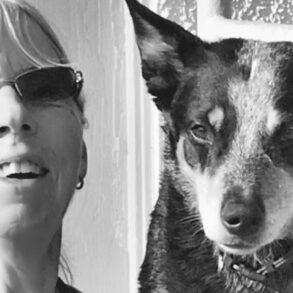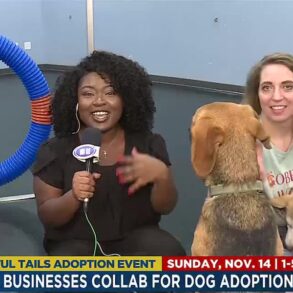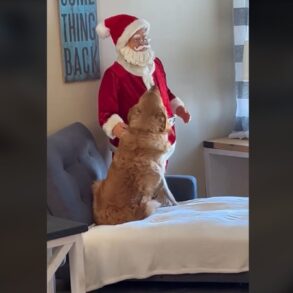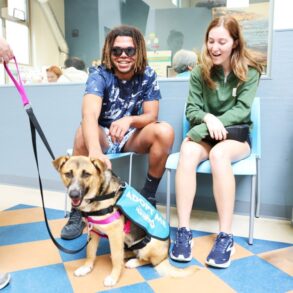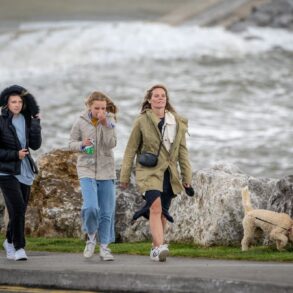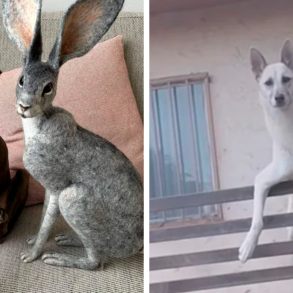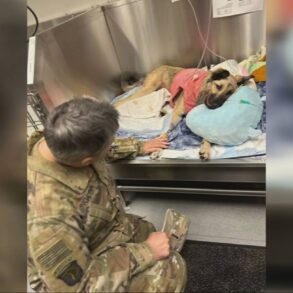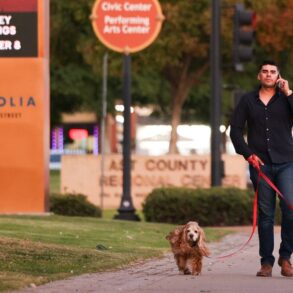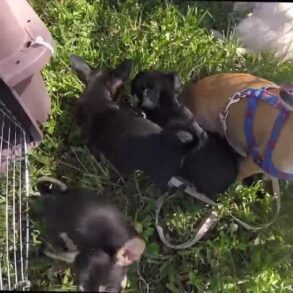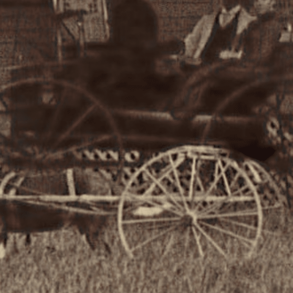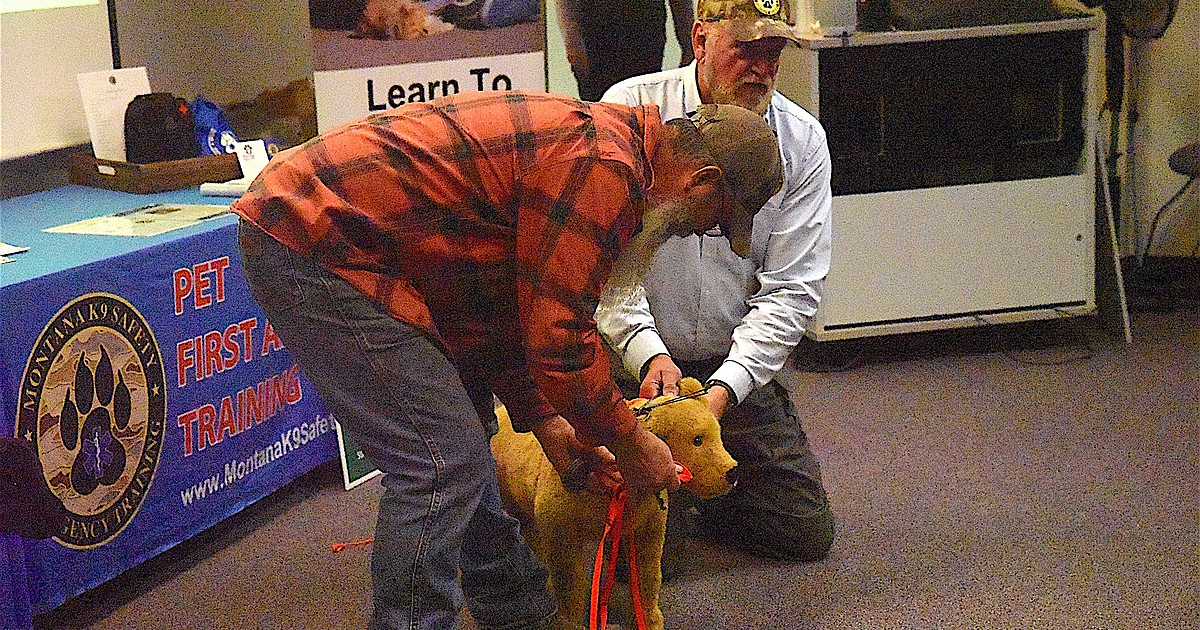
The thought of someone’s dog getting caught in a trap set for wild fur bearers is not something many want to consider, but there are ways to minimize the chances.
Data from Montana Fish, Wildlife and Parks indicate the chances of such an occurrence are fairly rare. The agency published its findings from 2012 to 2017 in a 2018 report that showed an average of about 25 domestic dogs were caught each year.
Montana K9 Safety, based in Bigfork, has partnered with FWP and trappers in an effort to minimize the risk and educate dog owners how they can greatly reduce their risk.
K9 Safety, co-founded by Garry Forman and Racheal Vargas in 2019, initially began offering basic first aid for domestic canines. In 2023, they partnered with FWP to promote a message to dog owners about safety relating to trapping.
Vargas, who is from Eureka, was a nurse before she embarked on K9 Safety with Forman.
They offer workshops and courses on how to release a dog from a trap or snare, pet first aid and CPR, disaster response, canine wilderness emergency care and pet walking for kids, which includes business basics, safety and first aid and CPR.
A few weeks ago, Montana K9 safety joined with local trapper Paul Antczak to put on a seminar in Libby to educate locals about the issue.
Montana K9 Safety’s Garry Forman spoke about the importance of keeping a dog under control.
“It’s your responsibility to keep your dog under control at all times,” he said. “A dog doesn’t necessarily have to be on a leash, but if that’s how it’s under control, then that’s what it has to be.”
Forman also said Montana has never had a documented case of an under control dog being caught in a trap or snare.
“Situational awareness is important,” Forman said. “Knowing the signs of trapping activity and scanning for them is key. Many animals travel along fence lines and it’s a good place to set a trap.
“One time I took my dogs to a place to hunt birds. There was a beaver hut, I saw an ATV parked and boot tracks neat the water, so I didn’t even chance it. I believed there was a trapper in the area and we left,” Forman said. “Montana is a really big state, there’s plenty of places to go and there’s no need for a confrontation. We need to learn how to share our wild spaces.”
Forman pointed out that trapping occurs in Montana on a year-round basis. While seasons are limited for most trappers, ranchers may employ animal/damage control trappers whenever necessary.
In Montana, Regions 1, 2 and 3, trapping for beaver, otter, muskrat and mink began Nov. 1. The season for bobcat, marten and fisher opens Dec. 1.
The upcoming wolf trapping season will begin Jan. 1 in Regions 1-5.
Antczak, who is one of the stars on the History Channel’s TV show, “Mountain Men,” shared his thoughts and experiences. He’s trapped for more than 40 years in nine different states.
“One of my biggest fears is when someone stops to let their dog out to pee, particularly open ranch land, and the dog gets a whiff of lure or bait being used by a coyote trapper and ends up getting caught,” he explained. “It all goes back to having control of your dog.”
Antczak explained he’s even caught his dog, Timber, three different times. Once was in a set for bobcats and the other two were in coyote sets.
“He once spent a whole night out there after getting caught in a bobcat set, but his injury was minimal,” Antczak said. “I and most trappers use traps with offset jaws. Most also place the swivel for the trap chain in the bottom of the trap and that allows the animal’s foot to move freely without twisting or causing excessive damage. It makes it more humane for an animal that gets caught.”
Antczak became acquainted with Forman when they had booths next to each other at the Montana Sportsmen Expo in Kalispell. They decided to team up to spread the word about canine safety and how trappers and dog lovers can co-exist.
Much of the discussion dealt with ways to handle a trapped dog.
Vargas said when approaching a trapped animal, it’s best to remain calm, even if the dog is struggling.
“Dogs may injure themselves more if they are pulling or yanking,” she said. “Traps are not designed to break bones, so the less reaction you have to the dog, the less reaction they will have.”
Vargas said covering the dog’s head or an improvised muzzle can help calm it before securing the dog to a leash or a slip lead.
Tools carried by some to help release dogs from traps include vice grips, trap setters and sturdy gloves.
Groups and individuals who want to learn more about canine first aid, CPR, emergency trauma care and trap and snare release techniques can sign up for a class with Montana K9 Safety.
Locally, they will be offering a K9 First Aid Workshop with a trap and snare release clinic at 10 a.m. Wednesday, Dec. 11, in Bigfork. The three-hour course will include an instructional book and costs $49.
They will also hold a free trap release workshop on Dec. 11 at FWP Region 1 headquarters in Kalispell.
Their website address is montanak9safety.com. To contact them by email is at info.montanak9safety@gmail.com and the phone number is 406-314-7024.
This post was originally published on this site be sure to check out more of their content.


